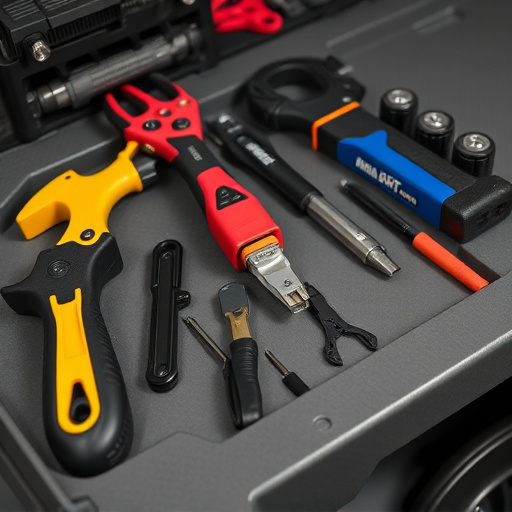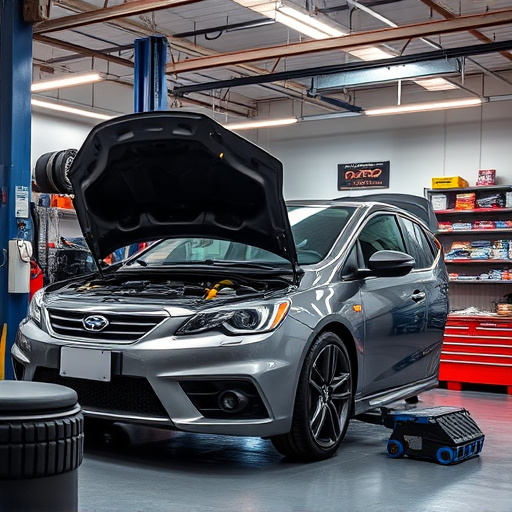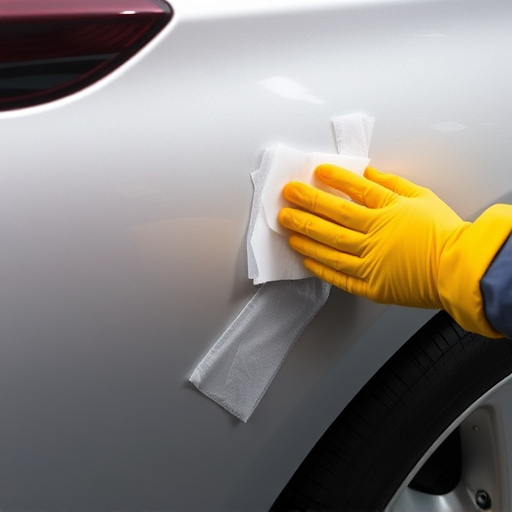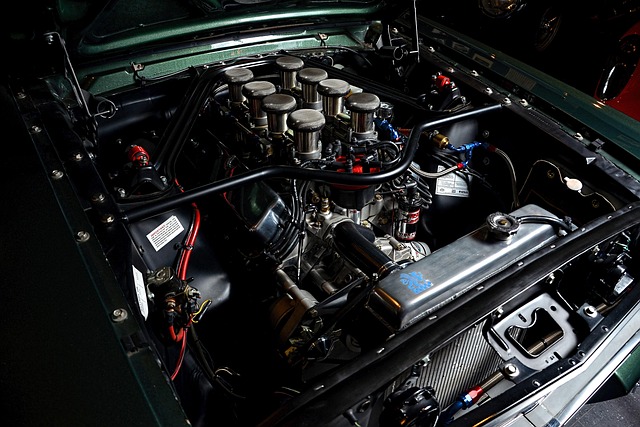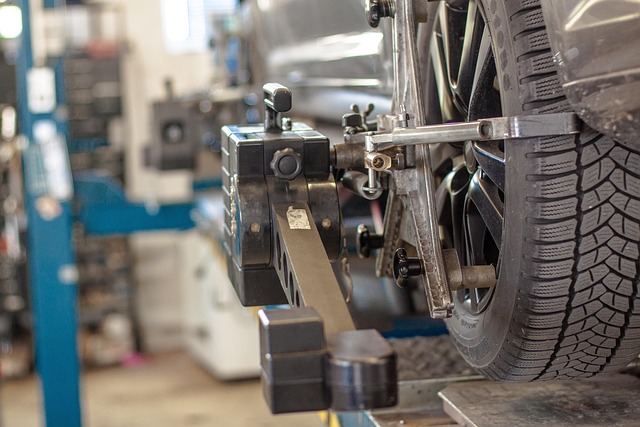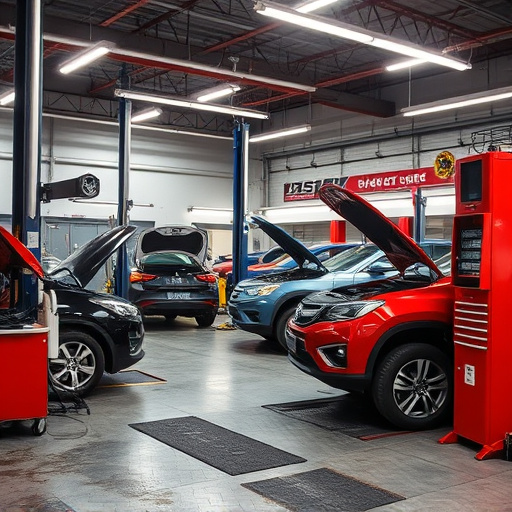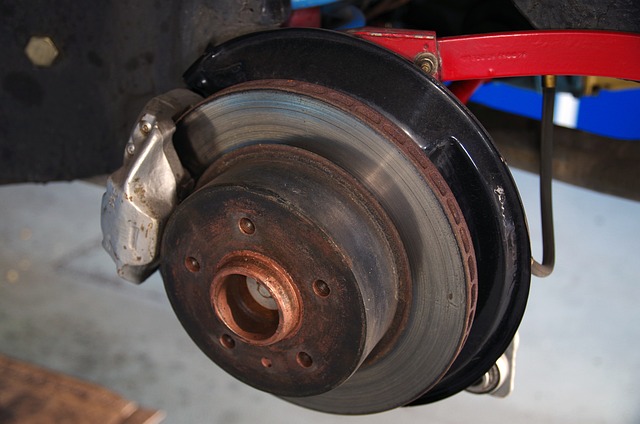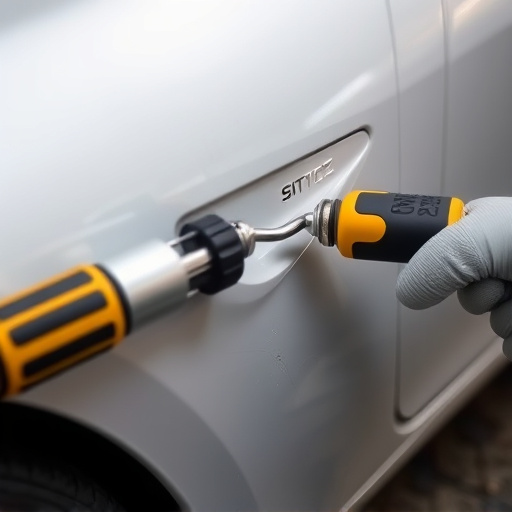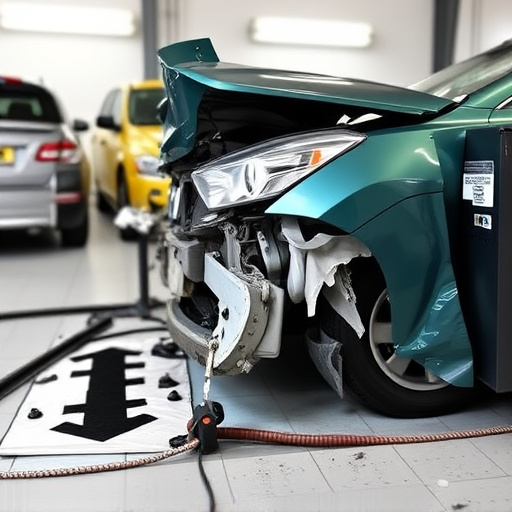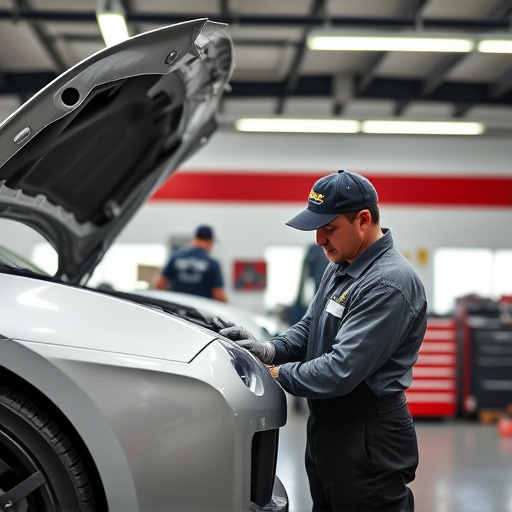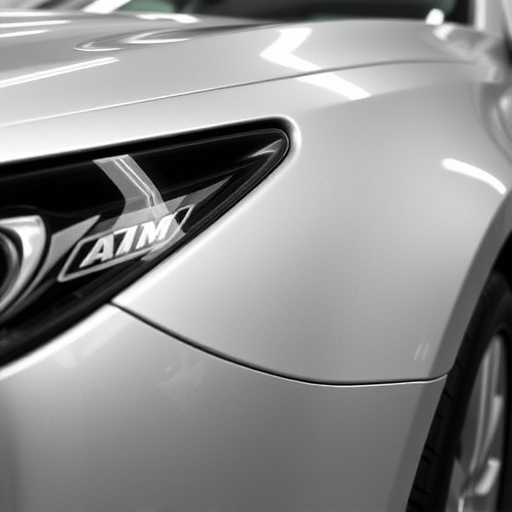Tesla safety cell restoration is a complex process that prioritizes passenger protection. Skilled technicians use advanced methods and technology to reconstruct crushed or damaged safety cells, maintaining the vehicle's superior safety ratings by replicating crumple zone functions and ensuring structural integrity. This meticulous task balances aesthetic repair with stringent safety standards, enhancing occupant protection in collisions.
Tesla vehicles are renowned for their advanced safety features, centered around the innovative Safety Cell architecture. This complex system requires meticulous restoration and reconstruction in case of damage. When a Tesla undergoes an accident, understanding and restoring its safety cell structure is crucial for ensuring optimal passenger protection. This article delves into the intricate process, covering everything from comprehending the Safety Cell design to practical strategies for restoring crushed or damaged cells and reconstructing load paths for enhanced structural integrity.
- Understanding Tesla Safety Cell Architecture
- Restoring Crushed or Damaged Cells
- Reconstructing Load Paths for Optimal Safety
Understanding Tesla Safety Cell Architecture
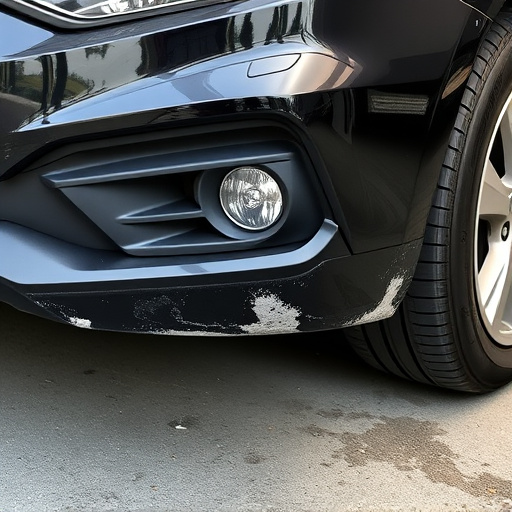
Tesla’s Safety Cell Architecture forms the backbone of its vehicles’ structural integrity and passenger protection. This innovative design is a key factor in Tesla’s reputation for superior safety ratings. Comprising a lightweight, highly rigid frame, the Safety Cell is engineered to absorb and distribute crash energy, minimizing the impact on occupants. The architecture consists of advanced materials and precise manufacturing techniques, ensuring optimal performance during a collision.
Understanding this intricate system involves recognizing its role as the car’s load path, guiding forces during a crash away from the cabin. In the event of an accident, the Safety Cell’s design allows for controlled deformation while maintaining structural integrity. This balance prevents excessive penetration into the passenger compartment, thereby enhancing survival rates. Tesla safety cell restoration, when needed after a collision, requires skilled technicians in a specialized car body shop to reconstruct this critical framework, ensuring the vehicle returns to its original safety standards.
Restoring Crushed or Damaged Cells
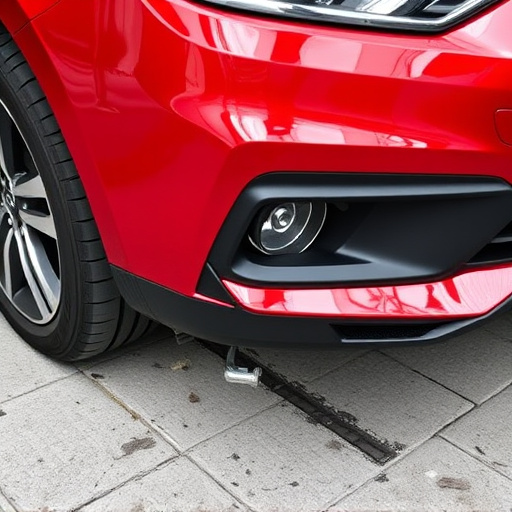
Restoring a crushed or damaged Tesla safety cell is a meticulous process that requires expert knowledge and specialized equipment. In the event of an automotive collision, the integrity of the vehicle’s structural cells is paramount for passenger safety. Skilled technicians employ advanced techniques, including frame straightening and precise cutting, to reconstruct the load path within the safety cell framework. This involves realigning and reinforcing damaged components, ensuring the restored structure meets or exceeds original factory specifications.
The process demands a deep understanding of automotive collision repair principles and the unique design of Tesla vehicles. By carefully assessing the extent of damage and employing strategic methods, such as computer-aided design (CAD) and 3D scanning, technicians can accurately restore the safety cell to its optimal condition. This meticulous approach guarantees not only the vehicle’s structural integrity but also enhances passenger protection, making it a critical step in the overall Tesla safety cell restoration process.
Reconstructing Load Paths for Optimal Safety
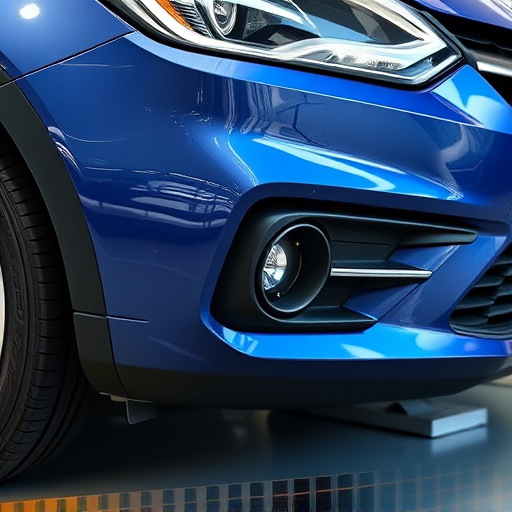
In the context of Tesla safety cell restoration, reconstructing load paths is a critical step to ensure optimal vehicle safety. A safety cell, also known as a crumple zone or deformable structure, is designed to absorb and distribute the energy generated during a collision, protecting occupants from severe impacts. During restoration, engineers meticulously analyze and rebuild these load paths, ensuring they meet stringent safety standards. This involves replacing damaged components like auto glass, reinforcing structural elements, and repairing or replacing parts such as car dent repair and car scratch repair, all while maintaining the original integrity of the vehicle’s design.
By carefully reconstructing these load paths, restorers can enhance the overall safety performance of the Tesla. This meticulous process not only preserves the vehicle’s structural integrity but also ensures that any repairs, including auto glass replacement or minor dent repairs, are done with precision and adherence to safety protocols. Such reconstruction is vital for maintaining the balance between a car’s aesthetic appeal and its ability to protect passengers in unforeseen events.
Tesla safety cell restoration and load path reconstruction are critical processes that ensure the vehicle’s structural integrity and passenger safety. By understanding the architecture, restoring damaged cells, and reconstructing load paths, we can significantly enhance the overall safety performance of Tesla vehicles. This comprehensive approach leverages advanced engineering techniques to maintain the vehicle’s resilience against impact, ensuring a safer driving experience for all.
